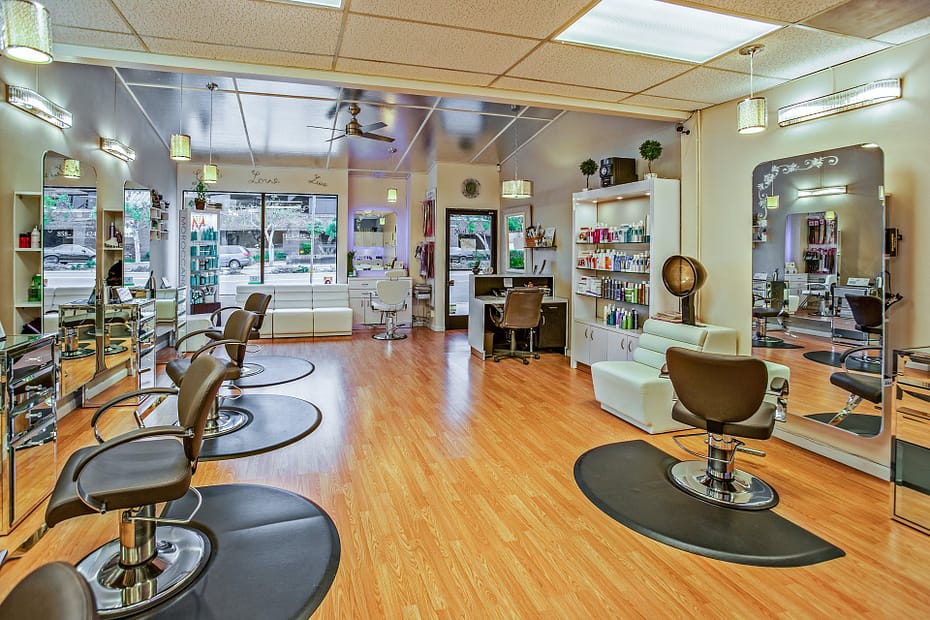Introduction
Women’s salons are now more than just locations to have our nails done and get our hair cut in today’s environment. They have changed to become areas that satisfy the wants and requirements of contemporary women. Have you ever considered the changes that women’s salons have undergone, though? The historical context of women’s salons, the evolving requirements of contemporary women, and the architectural styles that have influenced these venues’ current configurations will all be covered in this article.
Historical Background of Women’s Salons
The history of women’s salons is extensive and goes back many centuries. Salons were social hubs where ladies would congregate to discuss ideas, participate in intellectual discourse, and support artistic and cultural endeavors during the 18th and 19th centuries. Prominent ladies with deep interests in philosophy, literature, and the arts frequently sponsored these salons. These salons were designed with a large and elegant style, and their sumptuous furnishings showcased the host’s wealth and social standing.
The Changing Needs of the Modern Woman
The necessities of the modern woman changed as women’s roles and society developed. Women’s salons are becoming multipurpose areas that serve a variety of needs for modern women. Modern women’s salons offer a comprehensive approach to self-care, ranging from hair and beauty services to wellness offerings like spa treatments and yoga sessions. Architectural designs have been reimagined as a result of this change in emphasis, with a focus on providing areas that encourage rest, renewal, and general well-being.
Architectural Designs for Women’s Salons
Contemporary architectural designs that put comfort, beauty, and functionality first define modern women’s salons. An air of spaciousness and friendliness is created by open floor designs and an abundance of natural light. The room is made feel cozier and more peaceful by the use of natural materials like wood and stone, as well as warm, earthy hues. Furthermore, the use of plants and biophilic design features brings nature within, giving customers a restful and revitalizing space.
Key Features and Elements of Modern Women’s Salons
Modern women’s salon architectural designs include a number of essential components and features that improve the clientele’s entire experience. A warm and welcoming atmosphere is produced by well-designed lighting fixtures, comfy seating areas, and private treatment rooms. Relaxing music and integrated sound systems contribute to the tranquil mood. Smart technology is frequently included into the layout, giving customers seamless access to their stylists or therapists and enabling them to personalize their experiences.
The Role of Technology in Women’s Salons
Technology has completely changed the way women’s salons run and is now included into their architectural layouts. Technology has improved the convenience and customization of the salon experience with digital consultations and online booking platforms. In order to help clients picture their ideal look before committing to a change, hairstyle and cosmetics makeovers are showcased using LED screens and virtual reality gadgets. Furthermore, real-time feedback is provided by smart mirrors using augmented reality technology. Allowing customers to visually try out various colors and styles.
Sustainability and Eco-Friendly Designs in Women’s Salons
Women’s salons are among the many businesses where eco-friendly and sustainable design has become increasingly important in recent years. Sustainable materials, water-saving fixtures, and energy-efficient lighting systems are being included by architects and designers into salon designs. Living walls and green roofs improve the space’s aesthetic appeal while simultaneously enhancing energy efficiency and air quality. In addition, the integration of recycling and waste management technologies into salon operations guarantees a more environmentally conscientious approach to wellness and beauty.
The Future of Women’s Salon Architecture
Women’s salon architecture styles will likely continue to change in the future to accommodate women’s ever-evolving requirements and preferences. More cutting-edge technologies, such customized health plans driven by artificial intelligence, should be included into salon designs in the future. With an increased emphasis on renewable energy sources and carbon-neutral operations, sustainable practices will become the standard. Women’s salon architecture has a bright future ahead of it, one that promises to create environments that feed the mind, body, and spirit in addition to enhancing physical attractiveness.
Conclusion
The development of women’s salons is evidence of the evolving requirements and preferences of contemporary women. Women’s salons have changed significantly over time, from the cerebral salons of the past to the multipurpose areas of today. These areas have been significantly shaped by architectural designs, which have produced atmospheres that encourage rest, wellness, and self-care. With sustainability and technology acting as catalysts, women’s salon architecture has a bright future ahead of it. Women’s salon architectural designs will continue to change as we emphasize our health and adopt a holistic view of beauty. Giving us access to areas that inspire and empower us.
More on INJ Architects:
Master the Art of Designing Stunning External Facades with Profile

